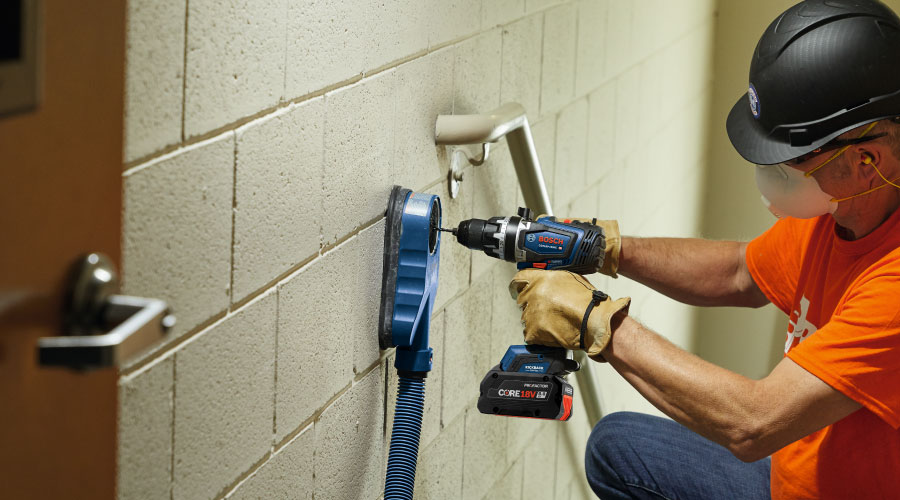Outages and Shutdowns: Tips for Success
Power outages and shutdowns create the same level of stress. The challenge is to make these outages and shutdowns progress smoothly and finish on time within scope and on budget.
What steps should managers take to ensure a successful outage or shutdown? Try these 11.
Develop a wish list. This is always the first step. It’s like getting ready for Christmas when mom and dad ask you what gifts you want. Ask all of your team members, including in-house customers, what they want the engineering or maintenance department to do while the plant or building is down.
The list will be exhaustive, but it is a good place to gather the tasks that are on their minds. Then prioritize the list with management’s assistance. You can’t do all of it, so get the boss to shorten the list for you. Remember, items on the list must be realistic and doable.
Develop the rough scope of work. Once you have the revised list from the management team, put together the rough idea of the scope of work. This will help you decide whether you have enough time to complete the task and when you will do it in-house or contract out the work
Forecast and budget. The next task is to determine the amount of money you need for the outage, Complete a rough scope of work and an order of magnitude cost estimate. Get it approved before you waste time planning something that might not happen. Once you have approval for the order of magnitude cost estimate, you can begin to seek quotes and start the bidding process for the more complex and outsourced tasks.
Plan. Develop detailed plans for each approved task. Define the parts, supplies, and labor requirements needed. When I say develop a detailed work plan for the outage, I mean detailed. If your outage window is only a few days, then every minute and hour are critical to success. Those of you who have heard me speak or read my articles about maintenance planning and scheduling know that I emphasize the importance of paying attention to details to ensure the work is completed properly and in a timely manner.
Understand equipment needs. Define needed special equipment, such as tools, lifts, generators, and lift trucks. If you work on a large campus, consider whether you need extra transportation, such as golf carts or bicycles. After the power outage described earlier, we decided to rent extra generators, compressors, portable lighting, and lifts just to be safe.
Consider contractors. Do you need extra contractors to assist with the workload? When doing the initial planning and cost estimating, it’s important to determine where the manpower will come from. I know your staff will always want to do all of the work, but managers know it is not always possible. Let contractors do the tasks they are best at from a cost, timing, and quality perspective.
Schedule work. Managers need to schedule each work task by the hour, shift, and day. This is the only way to prevent conflicts, such as the lights going out. It is best to use some type of software. It is a great way to begin the scheduling process, and it’s a great assistance during the outage to assist when things go wrong, which we all know they will.
Plan for contingencies. Not everything will go smoothly. Go through the “what if” drill, and be prepared. If the task is critical to the daily operation after the outage is over, then you must have a backup plan just in case. If your lack of planning impacts too many planned outages, you will be seeking other opportunities pretty fast.
Do pre-shutdown work. Perform as much work as possible before the outage. The more workers do ahead of time, the more time will be available to complete more tasks. Managers often overlook this step. Ask you team and your contractors what can be done before the outage. They might mention tasks such as bending conduit, welding fittings on sticks of pipe, staging parts in the work area, beginning the demolishing process if it won’t impact the operation, and making sure all rented equipment is onsite ahead of schedule.
Manage the shutdown. If the outage is large and complicated, consider having at least two meetings a day. In the morning, ask what happened last night. Then ask what’s planned for today. In the afternoon, ask what happened today and what’s planned for tonight. Clear communication is critical while the outage is progressing. Make sure contractors attend the meetings with a copies of their project timelines.
Conduct a post mortem. The week after the outage is the time to complete the autopsy. Discuss and document what went well and what needs improvement for the next outage. In my years of planning major outages, I always had file folder for the outage. On the inside cover was a list of everything I wanted to remember for the next year, and having that saved me many times. Remember, the first planning meeting for your next outage should start the day after the last outage was completed.
Related Topics:













